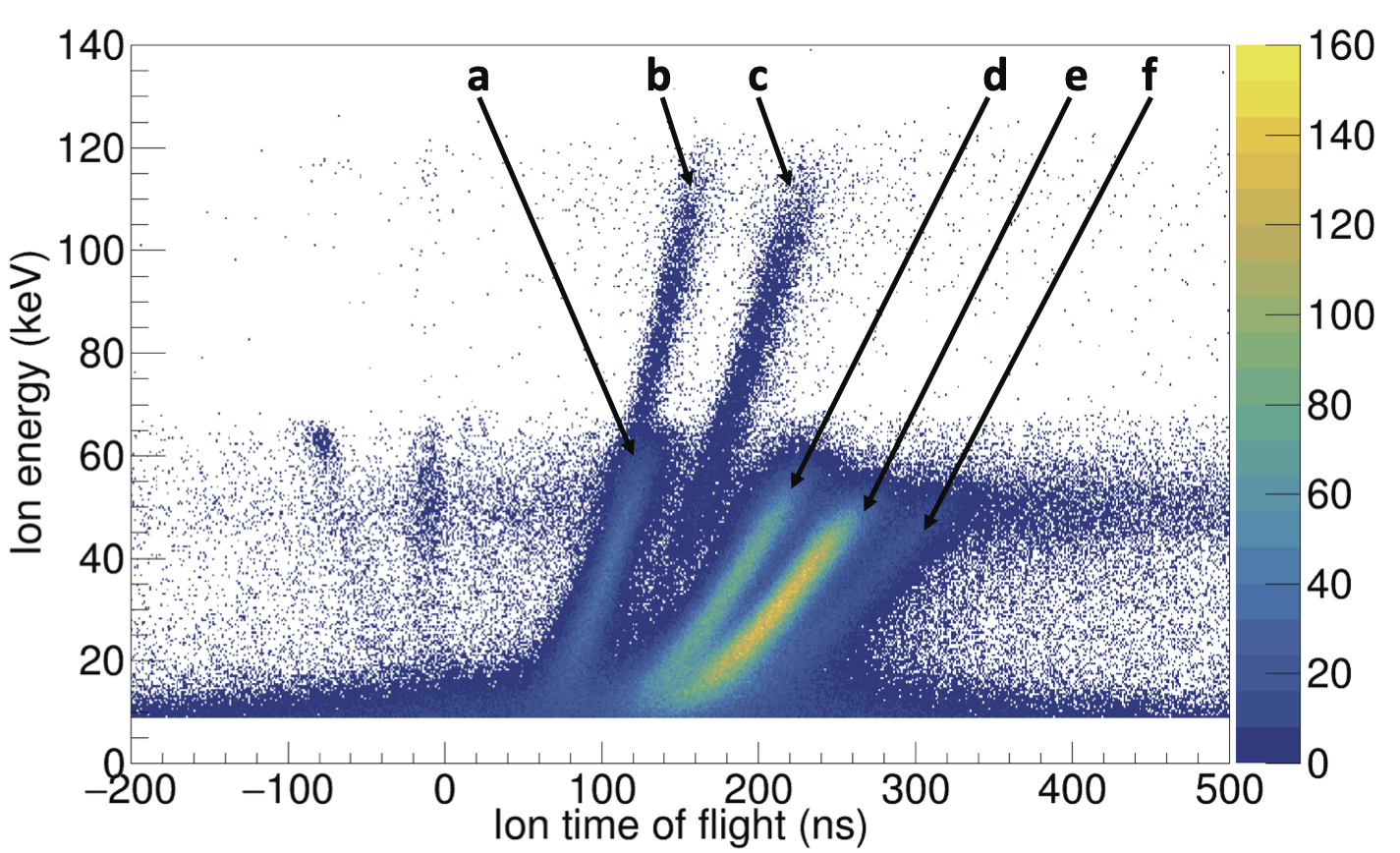Carnegie Mellon Physicists Help Solve 'Scientific Mystery' about Beta Decay
By Ben Panko
Carnegie Mellon University physicists have helped solve a decades-old mystery about the beta decay of tritium in new research that will boost efforts to pin down the mass of the elusive neutrino.
"A ghostly fundamental particle that is produced in vast quantities (in the Sun, in nuclear reactors, in the early universe) yet mostly passes through matter without interacting at all," is how Assistant Professor of Physics Diana Parno describes the neutrino. Since her time as a postdoctoral researcher at the University of Washington, Parno has been involved with KATRIN, the international collaboration seeking to measure the mass of the neutrino.
To accomplish this, the KATRIN experiment takes precise measurements of the energy distribution of electrons emitted during the radioactive decay of tritium, a rare isotope of hydrogen. However, KATRIN’s tritium is bound in T2 molecules — and the radioactive decay of tritium can excite not only the electron energy states of the molecule but also the vibrations and rotations of the molecule's two nuclei.
"All of these excitations distort the spectrum that we measure, and we need a precise understanding of the excitations in order to correctly analyze the data," Parno said.
KATRIN makes use of a theoretical framework to predict these excitations, as well as how likely it is for the tritium molecules to dissociate, or break apart, following their radioactive decay. However, that theoretical framework's predictions for dissociation contrast sharply with experimental measurements made in the 1950s.
While still a postdoc there, Parno partnered with colleagues at the University of Washington to take a new, modern measurement. "I was intrigued by the possibility of tackling this scientific mystery," she said. Parno continued her participation with the project after moving to Carnegie Mellon in 2017, along with Ph.D. student Ana Paula Vizcaya Hernández who assisted with the work.
To retest the experiments, the collaborators built the Tritium Recoil Ion Mass Spectrometer (TRIMS) at the University of Washington to precisely observe the beta decay of tritium gas, looking at both HT and T2 molecules. The results of those observations were published in the journal Physical Review Letters.

A chart plotting the measured energy of detected ions against their time of flight in the Tritium Recoil Ion Mass Spectrometer.
"Our results agree exactly with the theoretical prediction and indicate a design flaw in the 1950s experiments," Parno said. Even more importantly, she added, this study "validates the theory and retires a long-standing question mark about its accuracy."
While the COVID-19 pandemic has put a "pause" on their hardware efforts, Parno, Vizcaya Hernández and Ph.D. student Byron Daniel are working now to finish analyzing all of the data from TRIMS's observations. They hope to learn more about the various disassociation paths of tritium molecules and test a theoretical approximation by comparing the results of high-energy and low-energy beta electrons.
"We’re also trying to figure out whether the 1950s experiments flag a larger problem in older mass-spectrometer design that has to be addressed," Parno said.
Other authors on the study were Ying-Ting Lin, Tom Burritt, Gary Holman, Matthew Kallander, Eris Machado, Laura Minter, Joben Pedersen, David Peterson, Hamish Robertson, Eric Smith and Tim Van Wechel from the University of Washington's Center for Experimental Nuclear Physics and Astrophysics; Christine Claessens from Johannes Gutenberg University's Institute of Physics and Raphael Ostertag from the Institute of Experimental Particle Physics at the Karlsruhe Institute of Technology.
The research was based on work funded by awards DE-FG02-97ER41020 and DE-SC0019304 from the U.S. Department of Energy.